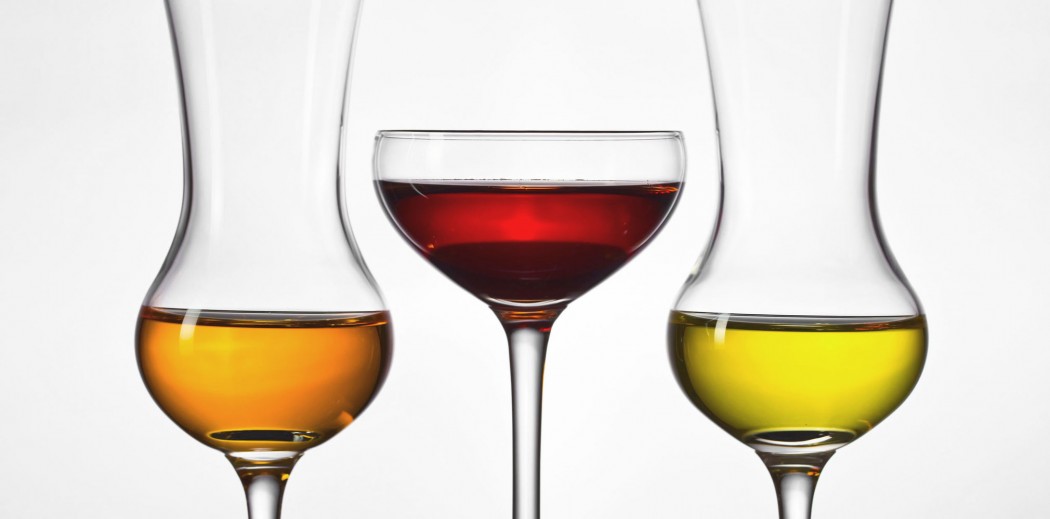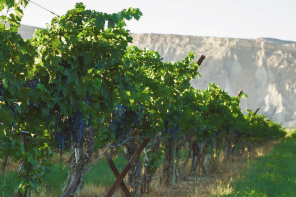From the French for “water of life,” eaux de vie are spirits made from distilled fruits, specifically fruits other than grapes. It’s a wonderful digestif, a lovely spirituous something to help settle the stomach at the end of a satisfying meal. Served in a tulip glass or snifter, eaux de vie are clean spirits with an intense fruit flavor and pretty strong alcoholic burn that isn’t actually as bad as it sounds.
Eaux de vie are unaged; where fruit spirits meet oak, they cross over into the brandy category. Think Calvados and its American cousin Applejack. And compared with fruit brandies, eaux de vie are fresh and bright, sharing none of their aged counterparts richer, more complex characteristics that come from time in cask. But this doesn’t mean they are any less delicious. What about grapes? When aged, spirits distilled from grapes become brandies in the line of Cognac and Armagnac, while spirits distilled from grape pomace, the leftovers after grapes are pressed from wine, become marc (French) and grappa (Italian).
In almost every country where booze is produced, you can bet that someone, somewhere, is making an eau de vie. It’s the essence of the fruit and like many other types of alcohol was used for medicinal purposes prior to the rise of more effective methods.
People have been distilling since the time of Ancient Greece, but we owe modern distillation as we know it to an 8th-century alchemist named Jabir ibn Hayyan who made vast improvements to the alembic still. Several centuries down the line, we first see evidence of alcohol distillation in 12th-century Salerno courtesy of the medical school there, the greatest in Europe at the time. About a hundred years later, Arnaud de Villeneuve became the first to distill wine in France and the first to use the term eau de vie in text. He wrote it could “prolong life, clear away ill-humors, revive the heart, and maintain youth,” – definitely living up to its name from the sound of things.
These waters of life can and are made from any type of fruit you can think of. If it’s a fruit, it’s fermentable, and can be turned into alcohol. Distillation is just one step beyond. Here are a few of the most common eaux de vie:
- Poire Williams, made from the Bartlett pear
- Kirsch/ Kirschwasser, made from cherries
- Eau de Framboise, made from raspberries
- Mirabelle/ Slivovitz/ Quetsch, made from plums
Apples are another occasional candidate for eaux de vie, but more often are made into apple brandies like Calvados. There are plenty of other types available to suit virtually everyone’s tastes, from strawberry to quince, apricot, and even tropical fruits like mango.
Although not the most popular thing here in the States, eaux de vie are definitely worth further exploration, especially if you’re keen to up your after dinner drinks game or if you’re an at-home bartending whiz in need of a little inspiration; it’ll add an alcoholic oomph and fruity vibrancy to any cocktail. While eaux de vie won’t keep anyone from aging, a sip or two will be sure to put a pep in your step.








